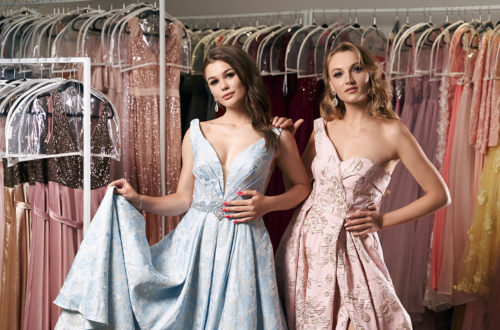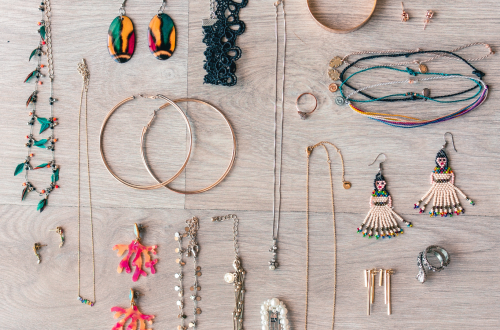
Nursing Uniforms Through the Ages: A Historical Perspective
Whether you’re a seasoned nurse or just a curious observer, have you ever wondered about the evolution of those iconic nursing uniforms?
Origins of Nursing Uniforms
Back in the early days of modern nursing, uniform for nurses served a practical purpose: to distinguish nurses from other hospital staff and maintain a sense of professionalism. Florence Nightingale, the pioneer of modern nursing, introduced the concept of standardized uniforms during the Crimean War in the 19th century. Nurses wore long, modest dresses with aprons, reflecting the societal norms of the time.
The Influence of Florence Nightingale
Florence Nightingale’s influence extended beyond her groundbreaking work in healthcare. Her emphasis on hygiene and professionalism revolutionized the nursing profession and set the standard for nursing uniforms worldwide. The classic white uniform, often referred to as the “Nightingale uniform,” became synonymous with nursing excellence and compassion.
Evolution of Style and Functionality
As nursing evolved, so did the uniforms. In the early to mid-20th century, nurses traded in their long dresses for shorter, more practical styles. The iconic white cap, symbolizing purity and devotion to duty, remained a staple of the nursing uniform until the late 20th century when it gradually fell out of favor due to changes in healthcare practices and infection control protocols.
Key Changes Over the Years:
- Fabric – From heavy cotton to lightweight, breathable materials, such as polyester blends, nursing uniforms have adapted to meet the demands of modern healthcare environments.
- Colors – While white was once the standard, hospitals began experimenting with colored uniforms to denote different roles or departments. Today, you’ll find a rainbow of colors representing various specialties within nursing.
Cultural and Regional Variations
Just as nursing practices vary around the world, so do the uniforms. In some cultures, traditional attire is still worn alongside or integrated into modern nursing uniforms. For example, in parts of Asia and the Middle East, nurses may wear hijabs or traditional dress as part of their uniform, blending cultural heritage with contemporary healthcare practices.
Modern Trends and Innovations
In recent years, there has been a shift towards more functional and stylish nursing uniforms. Designers are incorporating features such as stretch fabrics, moisture-wicking properties, and antimicrobial finishes to enhance comfort and hygiene. Additionally, many healthcare facilities are moving towards gender-neutral uniforms to promote inclusivity and diversity in the workplace.
Emerging Trends:
- Customization – Nurses are increasingly seeking personalized uniforms that reflect their individual style and personality.
- Technology Integration – Some uniforms now come equipped with built-in RFID chips or smart sensors to track vital signs and monitor patient data in real-time.
The Impact of COVID-19
The worldwide pandemic has significantly altered healthcare dynamics, prompting a reevaluation of nursing uniforms. Personal protective equipment (PPE) has now become an indispensable component of the uniform, encompassing masks, face shields, and gloves. This shift is crucial in safeguarding the well-being of both patients and healthcare professionals.
Challenges and Innovations:
- Supply Chain Issues – The surge in demand for PPE has exposed vulnerabilities in the supply chain, prompting healthcare providers to explore alternative sourcing options.
- Adaptive Design – Designers are reimagining nursing uniforms to accommodate the wearing of PPE without sacrificing comfort or mobility.
Choosing the Perfect Nursing Uniform: A Quick Guide
When it comes to selecting the right nursing uniform, there are a few key factors to consider. Here’s a quick-fire guide to help you make the best choice:
- Comfort – Look for uniforms made from breathable, stretchy fabrics that allow for ease of movement during long shifts.
- Functionality – Opt for uniforms with ample pockets for storing essential tools and accessories, such as pens, scissors, and a stethoscope.
- Durability – Choose uniforms that are built to last, with reinforced seams and stain-resistant finishes to withstand the rigors of daily wear.
- Style – Find a uniform that not only meets your facility’s dress code requirements but also reflects your personal style and preferences.
- Fit: Ensure your uniform fits properly and flatters your figure, with options available in a range of sizes and styles to accommodate diverse body types.
- Maintenance – Consider the ease of care and maintenance when choosing a uniform, opting for machine-washable fabrics that require minimal ironing or special treatment.
- Budget – Balance quality and affordability when selecting a nursing uniform, exploring options that offer the best value for your budget without compromising on quality or comfort.
Nursing uniforms transcend mere clothing; they mirror the values, customs, and advancements synonymous with the nursing vocation. Spanning from the modest origins of Florence Nightingale to the contemporary, innovative designs, the evolution of nursing attire underscores the resilience and versatility inherent in nurses across the globe.




